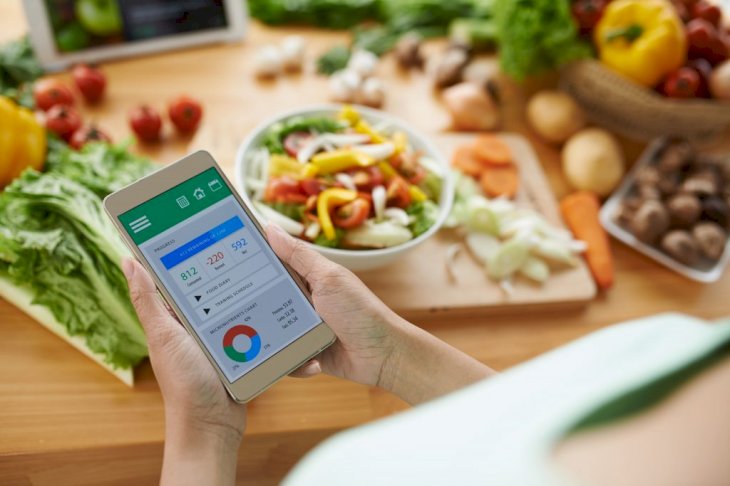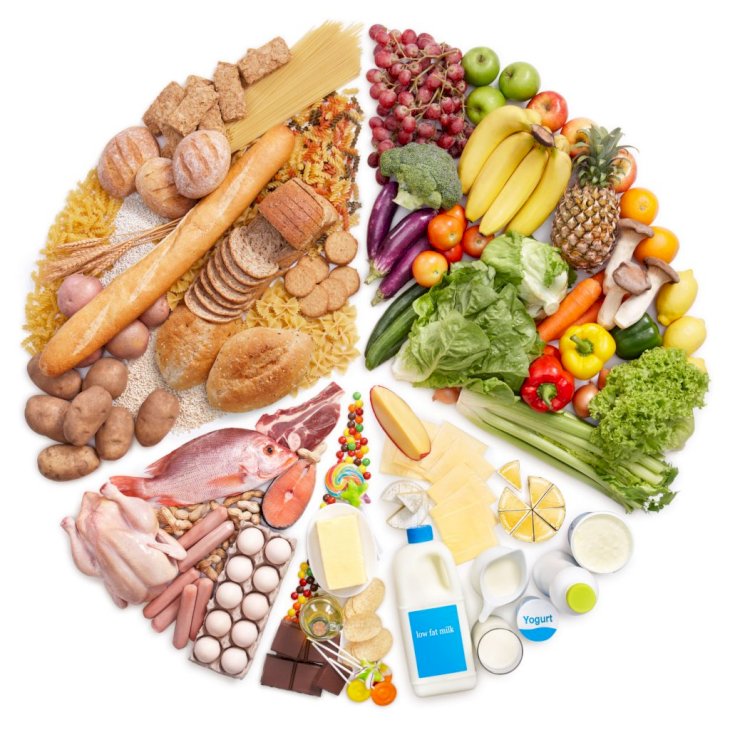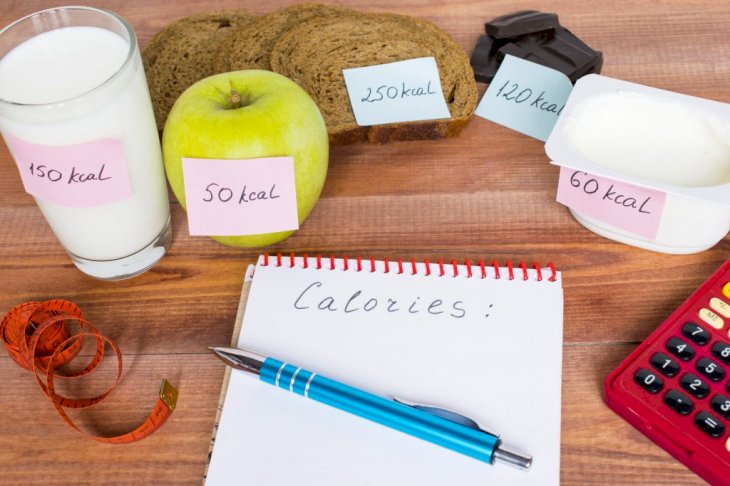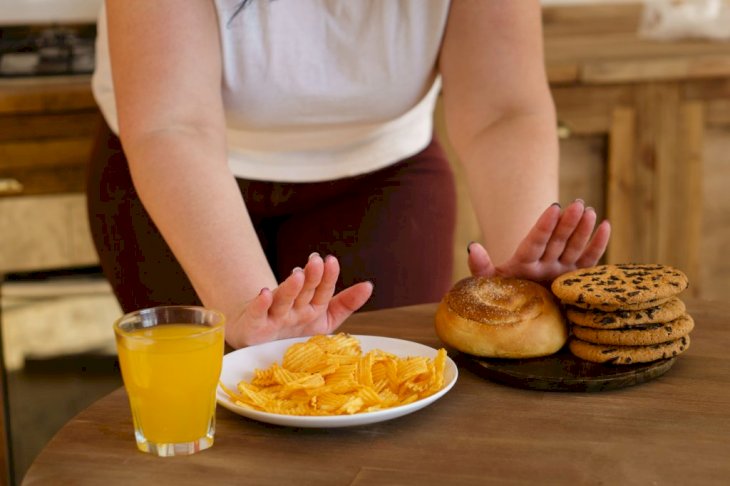
The Ideal Diet: A Guide To Eating In A Caloric Deficit Without Ditching A Food Group
You don’t need to cut out carbs to lose weight! If you know how to eat in a caloric deficit, you shouldn’t have trouble keeping the weight off!
We’ve been counting calories and following diet plans in the hopes of losing weight ever since society has decided the standard of beauty is to be a size zero. But even when you do lose the weight, it’s hard to keep it off.
You’ve probably heard the words “calorie deficit” many times, especially on your social media feed. So what exactly is it, and how can you achieve it?
What Is A Calorie Deficit?

Shutterstock
Calories are a measurement of energy in our food and drinks; the energy is measured from all the nutrients inside our food. Every day even just sitting and turning oxygen into carbon dioxide, your body uses energy to carry out daily tasks.
To lose weight, you need to use more calories than you consume; this is known as eating in a calorie deficit. Most diets try to follow a calorie deficit rule, but they end up cutting out whole food groups!
Why Shouldn’t You Cut Out Whole Food Groups?

Shutterstock
Aside from the fact that you might miss your carbs, cutting out whole food groups means you’re missing out on nutrients you get from specific food groups. For example, cutting out carbs means cutting out many fruits and vegetables that have good nutritional value!
Cutting out food groups can leave you weak, and it might be challenging to stick to and maintain a diet. The point of a diet is supposed to change the way you eat in a way that you can maintain it.
If you can’t maintain a diet, especially ones that cut out whole food groups, it can lead to yo-yo dieting and make it difficult to keep the weight off. Not to mention it can put a strain on your social life if you can’t do much without your diet!
How Do You Create A Calorie Deficit?

Shutterstock
You first need to calculate the number of calories you need to maintain your current weight. In order to lose at least one pound a week, you should consume 500 calories less than what you need to maintain your weight.
You don’t have to start with a 500 calorie deficit, you can go lower, but the result will take longer! The minimum caloric intake requirement is between 1200-1500 calories per day for women and men, respectively, so don’t push your intake past these limits!
You can cut up to 1000 calories a day, but anything more could be detrimental to your health. over time, you need to adjust the calorie intake because the maintenance calories will change as you lose weight!
Is It Only About The Way That You Eat?

Shutterstock
Eating in a calorie deficit is not only about how you eat; weight loss is almost always attributed to physical activity. So to see results you have to exercise!
Exercise doesn’t burn as many calories as you think, but it can’t hurt to push yourself at the gym and get fitter! Strength training can help guide your body to shredding the fat in the right places, so hopefully, you don’t have to lose your juicy peach!
How Do You Eat In A Calorie Deficit?

Shutterstock
Watch your sugar intake, especially from what you drink; drinks like alcohol, sodas, and coffee are loaded with added sugars and calories that don’t leave you feeling full. The added sugar can contribute to diseases like diabetes.
Processed foods like fast foods and cereals have a high sugar, fat, and sodium content, contributing to weight gain. Opt for minimally processed foods like beans, lean proteins, fruits, and vegetables because they keep you filled.

Shutterstock
Eating at home can make you aware of what you’re putting into your body. Being in control of what you’re eating means you can make time for fresh fruits and vegetables, it even saves you money!
Try not to eat before you sleep; by the time you eat dinner, you should have met your caloric intake for the day, and eating for that can put you in a calorie surplus. Keep those added calories at bay, but don’t stop yourself if you’re hungry.
Why Choose A Calorie Deficit?

Shutterstock
Eating in a calorie deficit is easier than following a strict diet routine where you cut out certain foods like carbs. You can eat anything from any food group, you’re just more aware of their calorie content.
So this means you can still eat bread, but you’re more conscious of the type of toppings you choose to go on it. If you need help and guidance, you can consult a registered nutritionist!